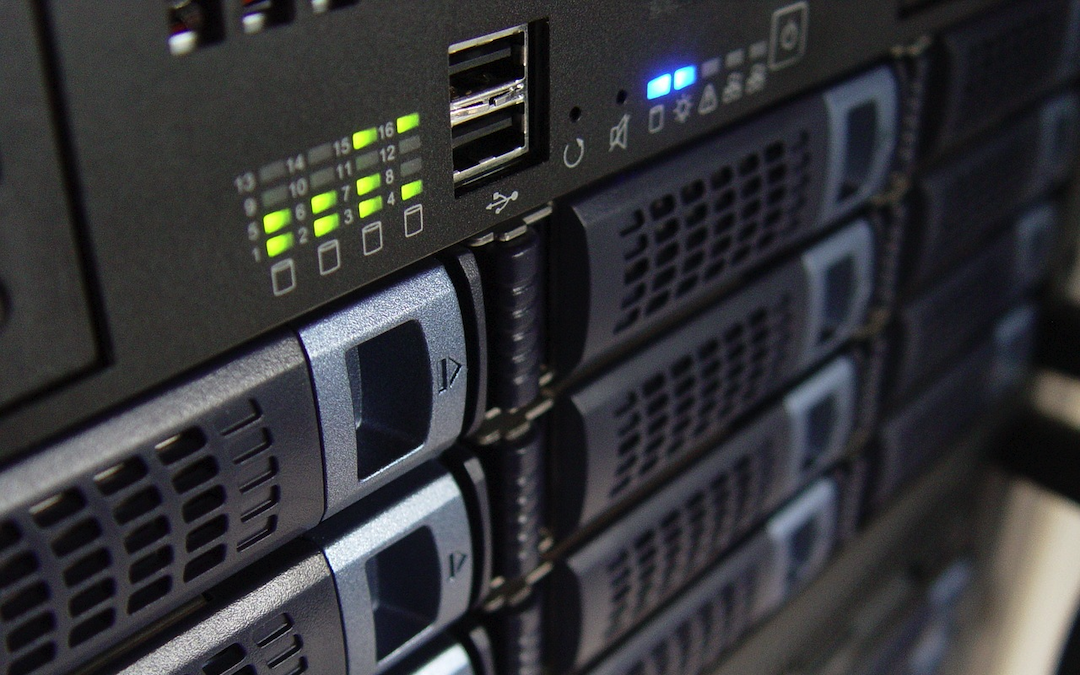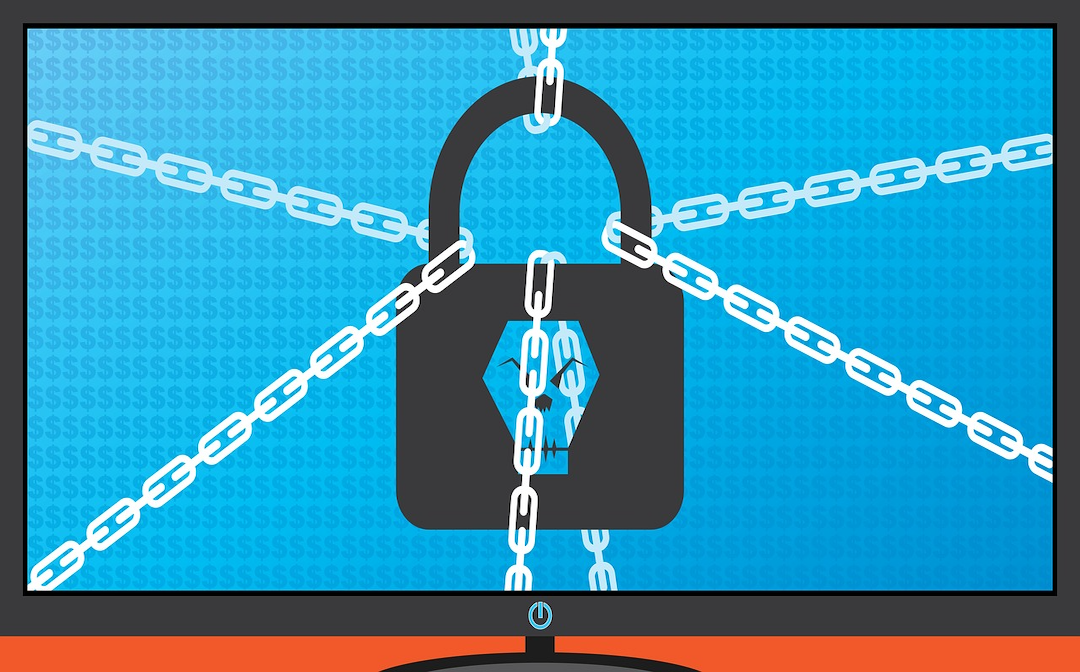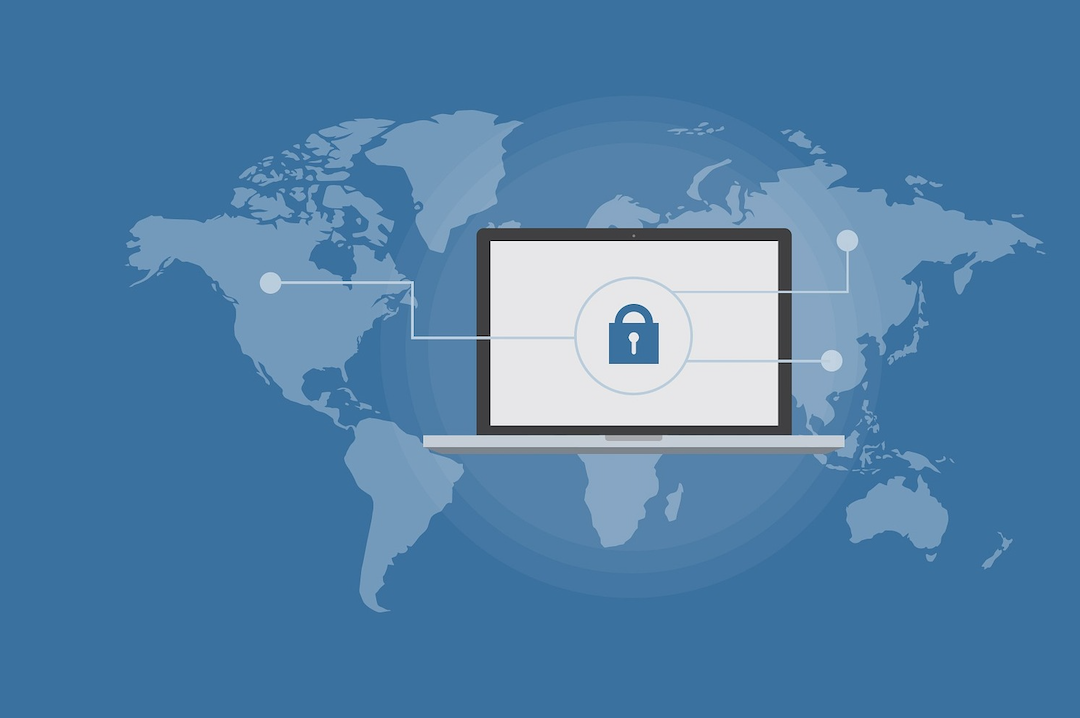
In 2023, the virtual machine market exceeded $9.5 billion. Between 2024 and 2032, a compound annual growth rate (CAGR) is estimated to be nearly 12 percent. With 97% of businesses predicted to use server virtualization according to Spiceworks, virtualization security is vital for nearly every organization.
In this post, we define virtualization security and explore the key issues that threaten organizations. Read on to discover the latest virtualization security recommendations and best practices.
What Is Virtualization Security and Why Do You Need It?
Virtualization security (also known as security virtualization or virtualized security) refers to the combination of virtualization and security, that is the use of specialized security approaches and solutions to enhance virtual environment protection. The main point here is the focus on virtualization security tools and virtual nodes, purposely created to function in virtual infrastructures.
Correctly managing data security involves using virtualized networks, desktops and servers. This can enhance the overall protection of IT infrastructures, particularly workloads and data items. For instance, server virtualization plus network segmentation via virtual switches, routers and firewalls can contribute to data isolation. Additionally, network virtualization enables more efficient and fast traffic management, while desktop virtualization simplifies workflows related to endpoint protection.
Incorporating Mobile Device Management (MDM) solutions can further secure the access and use of virtualized environments on various mobile endpoints, ensuring comprehensive data protection and compliance. Adopting a Zero Trust security model can further strengthen these measures by ensuring that no entity, whether inside or outside the network, is trusted by default.
Virtualization Security Issues and Threats

Virtual and physical environments share certain risks, which are usually the most dangerous ones, endangering any infrastructure regardless of the hybridization level. However, organizations that have mission-critical virtual workloads running production and supporting the availability of data and services must consider threats specific to virtual workloads.
Here are the VM-specific issues that every organization using virtualization must address:
- VM sprawl security vulnerabilities
- VM snapshot-related issues
Some of the most dangerous common problems include:
- External threats
- Insider threats
- Malware and, specifically, ransomware
Understanding every issue is key here. You need to know how the threats work so you can build efficient security systems and response sequences.
VM sprawl causing security vulnerabilities
Creating new virtual machines is simple, which is one of the main advantages of virtualized environments that IT experts utilize the most. They can easily add an isolated VM, for instance, to complete some test sequences for a feature or app in development before production deployment. After the testing is complete, IT specialists may forget to delete the machine.
The problem is that such forgotten VMs pose challenges for virtualization security management. They stay in the environment but do not get proper maintenance and security updates. A virtual machine then becomes a weak link in the cybersecurity chain, which additionally goes unnoticed until a cyberattack occurs.
VM snapshot-related issues
Another specific category of virtualization security issues refers to VM snapshots. Both Hyper-V and VMware virtualization security best practices include snapshot control, regular reviews and deletion. However, organizations frequently keep snapshots for longer than vendors recommend. The biggest risk is thinking of snapshots as a VM data recovery tool. A snapshot records a point-in-time state of a VM, but that copy relies on the virtual disk and becomes unavailable if a hardware failure occurs. Therefore, a snapshot is not a VM backup or virtual server backup copy.
Another more issue with snapshots is that they occupy a substantial amount of storage space. Without proper configuration and regular control, snapshots of a single virtual machine can overfill your storage, resulting in global failure, downtime and data loss.
External threats
Malicious external actors are the most common threat that the cybersecurity system needs to counter. An external actor is anyone from the outside aiming to breach the organization’s security. For example, that could be an organized cybercrime group targeting your critical infrastructure in favor of competitors. A random hacker with the purpose of intercepting the credit card information of your clients also falls into this category, which IT experts consider a priority threat.
Malicious insiders
Contrary to external actors that are obvious threats, a malicious actor hitting from the inside is a different type of danger. Malicious insiders want to remain under the securty radar until the very last moment. An insider usually has the opportunity to get the required access credentials and knows the infrastructure.
Security specialists tend to neglect the insider threat, focusing on other cybersecurity measures. Still, insider attacks are not as rare as they may seem. Plus, they can be devastating when they do occur.
Malware and ransomware
Malicious software came into the IT world even before the World Wide Web. Viruses, spyware, adware and other malware are evolving along with technological progress and remain a challenge to security experts. One malware type is more notorious than others nowadays, and that malware is ransomware.
Ransomware is designed to infiltrate an organization’s digital environment and encrypt the corporate data while going unnoticed. After that, hackers controlling the ransomware trigger the notification about a ransom demand that the organization must satisfy to get the decryption keys.
According to statistics by Sophos, ransomware hit 59% of organizations last year with a 70% successful encryption rate. The ransom demand increased up to 5 times within the same period. These numbers show that an organization must develop an anti-ransomware plan to avoid downtime, severe financial losses and data loss.
Best Practices for Mitigating Risks in Virtualized Environments

Ensuring the reliability of IT security systems requires keeping up with the basic practices and solutions. Read on to find out more about the virtualization security best practices that should be the standard for every organization. These recommendations implemented thoroughly can enhance your virtual infrastructure security and reliability, saving your organization’s data and reputation.
Host element isolation
A service that requires internet access to function properly is a target for malicious actors that can use it to intrude on your environment. You can purposely isolate new hosted elements to protect a VM and reduce the probability of a breach.
Place the host inside a specifically created and protected network segment to prevent threats from spreading to your other nodes through that host. This works not only for VMs but also for physical and cloud workloads.
Management API protection
Keeping infrastructure management and the service isolated from each other can additionally boost the efficiency of your virtualization security. IT teams normally rely on management APIs to set up and maintain functionality, services and features. APIs then require access to critical workloads and settings, making unauthorized changes a serious threat.
Thorough protection of management APIs is crucial. Pay special attention to integrations that have access to infrastructure-supporting workloads and other mission-critical nodes. Ensure that only authorized IT team specialists can access such APIs and revise access rights every two to three months. This is how you ensure proper infrastructure configuration and reliable protection.
VM verification
When new components, functionality and features are added to a VM, you should ensure that they are synced with internal data security norms, regulatory demands and compliance requirements. Additionally, ensure security effectiveness for every VM while keeping in mind all types of the usual insider and outside threats to your industry and organization.
Whenever you integrate a new element into a virtual environment, be it a feature, an app, a function or any other change, check that element for correlation with virtualized security policies. Otherwise, the insecure solution can open vulnerabilities when released, making the entire VM a weak spot in the organization’s protection. Hackers scan environments for such weakened workloads to use them as starting points to develop cyberattacks.
Verify your VMs part by part at every stage: before putting them into production, throughout their operation and after disabling them. Consider implementing a special VM verification workflow with a list of critical components and checks to conduct throughout a VM’s lifetime. Go through the security checklist each time you change a VM or add new components to it.
Separated virtual networks
Virtualized networks provide the flexibility that you can utilize when establishing and supporting internal connections. Consequently, IT experts frequently introduce changes and adjustments to such networks. A risk of establishing accidental connections between different nodes arises. The problem is that unintentional data flows can violate security policies and result in data leakage you won’t be aware of until the very last moment.
Separating virtual networks from each other and checking the newly established connections multiple times is your way to avoid the abovementioned issues. Consider setting regular revisions of network data flows to check that every bit reaches the right destination. Additionally, tracking the data flows to and from the newly connected node is an obligatory security check procedure.
Virtualization Backup
A skilled and motivated bad actor can pick suitable instruments and find the way to break into your infrastructure, steal your data or disrupt your operation.
Understanding that an organization can’t build perfect, invulnerable security, you might want to consider a measure to reliably recover from the consequences of successful cyberattacks. A virtualization backup system is your answer.
In addition to virtualization security software of any type, a specialized VM backup solution, such as NAKIVO Backup & Replication, can help you set up backup and recovery workflows for your infrastructure. Schedule automated, incremental and app-aware backups or perform them on demand, and send backup copies of your VMs to different locations (onsite, offsite, cloud and tape storage). You can then benefit from flexible recovery options enabling full and granular recovery to help you reach the shortest RTO, and ensure data availability and regulatory compliance. Consider setting backup immutability to protect your data from alteration or deletion by ransomware. Modern solutions also have security features such as two-factor authentication and role-based access control.
Additional Tips to Prevent Virtualization Security Issues
You can use virtualization security best practices to enhance the protection of your virtual infrastructure. The additional set of tips below contains other security measures to implement in your organization. These tips can suit any IT environment, including VMs and virtualized infrastructures of any complexity.
Reliable Passwords
A strong password is among the critical protection solutions.
Strong password checklist:
- At least eight symbols
- Uppercase and lowercase letters
- Numbers
- Special characters
- Non-logical, meaningless combination
Strong password example: tOn%QZ8k(a37lBw
Two-Factor Authentication
Two-factor authentication (2FA) can further enhance your login sequences. With this security measure set up, knowing a login and a password is not enough to gain access to the virtual machine, storage, server or other system element. The authentication code from a specific application or SMS message is also required to log in. This measure makes compromised passwords less of a threat for your virtualized environment.
Total Encryption
Encrypting the data both during transmission and throughout retention is necessary to prevent unauthorized access. Data interception and theft are especially dangerous when considering personal or credit card information. Additionally, transmitted data may contain intellectual property or commercial secrets.
You might want to encrypt the data going outside your organization in any case. Encrypting internal data transfers and storage can strengthen data protection further but may require additional compute resources to implement and support. In case you have enough hardware performance or are ready to invest in system upgrades, enabling encryption is a solid choice to improve overall data security and system reliability.
Role-Based Access
Role-based access control (RBAC) is an industry-accepted security enhancement approach that experts frequently neglect when building virtualized security systems. However, RBAC is about limiting the access rights of every user according to their roles. This reduces the potential impact that such accounts could have on the environment in case they were compromised.
Conclusion
Virtualized security includes security measures and solutions revolving around virtualization to protect virtual machines, networks and other infrastructure nodes. These solutions and practices, such as virtual network segmentation, API protection, VM verification and isolation of hosted elements can help organizations protect workloads and data against the most common threats. The list of regular threats includes issues related to snapshots, VM sprawl, malicious insiders, outside cyberattacks and especially ransomware infiltration.
Apart from additional recommendations regarding two-factor authentication, encryption, RBAC and reliable passwords, the last line of an organization’s defense against data loss and downtime is data backup. Setting up a backup and recovery system for virtualized environments using a solution such as NAKIVO Backup & Replication can help organizations restore operations and avoid financial and reputational losses even after global system failures.
Related Posts
Share this post
Leave a comment
All comments are moderated. Spammy and bot submitted comments are deleted. Please submit the comments that are helpful to others, and we'll approve your comments. A comment that includes outbound link will only be approved if the content is relevant to the topic, and has some value to our readers.




Comments (0)
No comment